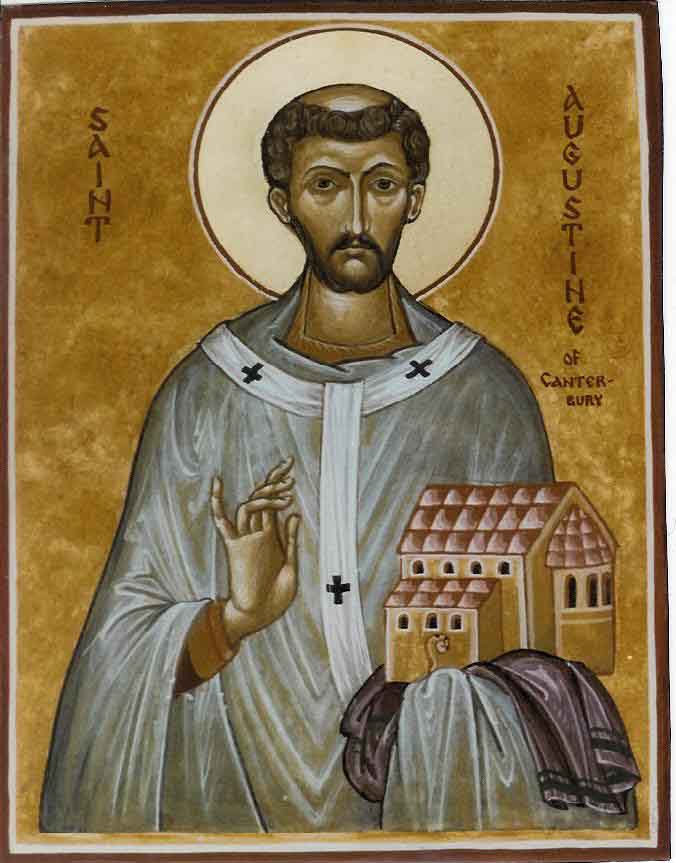Part 3 of a 5-Part Series — Understanding Catholic Moral Theology
The most contentious hot button issue for the Roman Catholic hierarchy today is gay marriage. The pope and his bishops stand united, at least publicly, in vehement opposition. But that’s as far as the unanimity goes. Your typical church going lay Catholic isn’t all that up in arms about gay marriage. Surveys show that Catholics are more accepting of LGBT people than any other Christian group. According to a May 2010 Gallup Poll; 62 percent of Catholics said gay and lesbian relationships are morally acceptable. That’s a 16 percent increase from just four years earlier.
Why the big disconnect between the leadership and the laity? Good question. First off, the Magisterium, the teaching authority of the Church, is in a dogmatic bind. The procreative nature of sex is the bedrock issue of Catholic sexual morality. There can be no legitimate expression of sex outside the confines of heterosexual marriage. And even within a marriage, all sexual expression must be open to procreation. (See last week’s article — Sins Of The Flesh)
The Church leadership opposes homosexual activity because it is “intrinsically disordered and an abuse of our human nature.” And marriage is “a conduit through which God’s grace flows to the couple and their children.” So you can see that in the mind of the bishops, the two concepts “gay” and “marriage” are really mutually exclusive. That’s why they use what little moral authority they have left after the clergy abuse scandals and their always deep pockets (Where does that endless supply of money come from anyway?) to push for bans on same-sex marriage and even civil unions in states from California to Maine.
The bishops argue that the law influences what is socially permissible and acceptable. “In effect, giving same-sex unions the legal status of marriage would grant official public approval to homosexual activity and would treat it as if it were morally neutral.”
But there is a growing groundswell of vocal Catholics urging mutiny against the hierarchy on this issue. Much like in the early 1970’s when activists formed Dignity, a worship-based support system for gay Catholics; Equally Blessed, a coalition of faithful Catholics who support full equality for lesbian, gay, bisexual and transgender people both in the church and in civil society was born September 2010.
The majority of lay Catholics are at loggerheads with the hierarchy because the two groups keep talking past each other. The bishops insist on defending their interpretation of the unique meaning and purpose of marriage, i.e. “a faithful, exclusive lifelong union of a man and woman” who “commit themselves completely to each other and to the wondrous responsibility of bringing children into the world and caring for them.” And lay activists focus on compassion and human rights. Each group believes the other is missing the point.
It’s not surprising then that public relations snafus, like the one that happened last September, occur. Archbishop John Nienstedt, of the Saint Paul and Minneapolis archdiocese, and his fellow bishops in Minnesota mailed out 400,000 DVDs, explaining the Church’s position on the institution of marriage. Every registered Catholic family in their state received one. The bishops said that the DVD simply defended the Church’s position, but most people saw it as a ham-fisted attempt to influence the upcoming election. This sparked an equally high profile ”Return the DVD” campaign, which questioned the priorities of bishops and planed to make art from the returned DVDs. The faithful asked; How could the over $1 million spent to distribute these DVDs have benefited the poor?
As one would expect, the American Catholic hierarchy is playing hardball. They simply will not countenance decent. Pro-gay priests are being silenced or removed from ministry. Inclusive worship communities, like Dignity, have been exiled from Church property. Organizations like New Ways Ministry, a gay-positive ministry of advocacy and justice for lesbian, gay, bisexual, and transgender Catholics, has been vilified and their loyal opposition denigrated. Even the artist who suggested the DVD sculpture in Minnesota was suspended from her artist-in-residence job at the Basilica of St. Mary in Minneapolis. And some of the lay faithful are being denied the sacraments for their conscientious objection to this church teaching.
This is pretty much business as usual for Church leadership. But the opposition shows no sign of caving. If anything they appear emboldened by the example of nuns who broke with the Catholic bishops by supporting the health-care overhaul Congress passed in March 2010.
In the end, a detente will no doubt settle in as it has in all the countries that have already adopted same-sex marriage — Argentina, Belgium, Canada, Iceland, Netherlands, Norway, Portugal, South Africa, Spain and Sweden. In the meantime, however, American Catholics of conscience know that they are in the midst of a struggle every bit as significant as the struggle against segregation. For them sexual orientation is as much a part of a person’s identity and humanity as the color of a person’s skin or his/her gender. Clearly they have plenty of work ahead of them as they demand the Church leadership to live up to the most basic standards of human decency.


